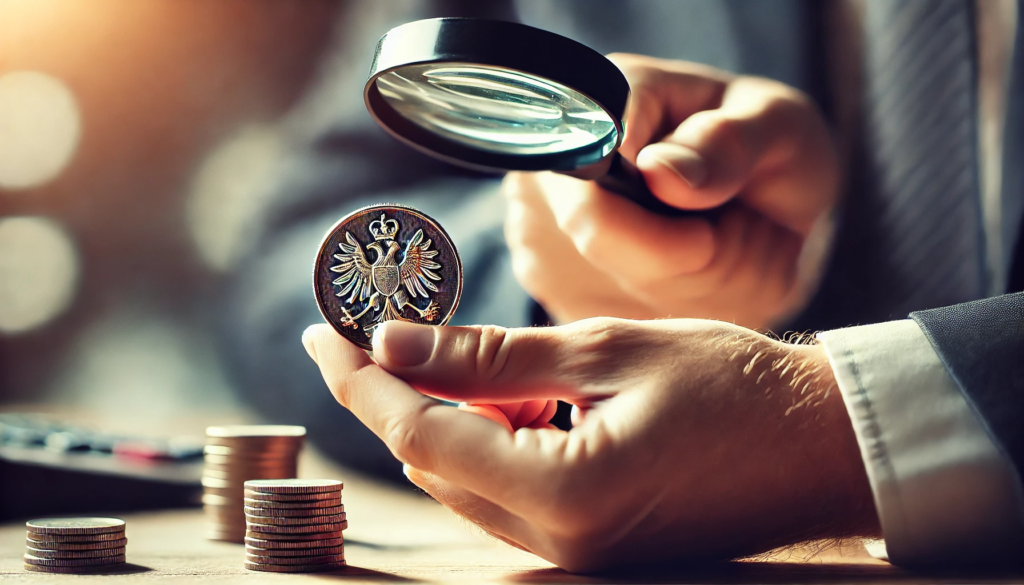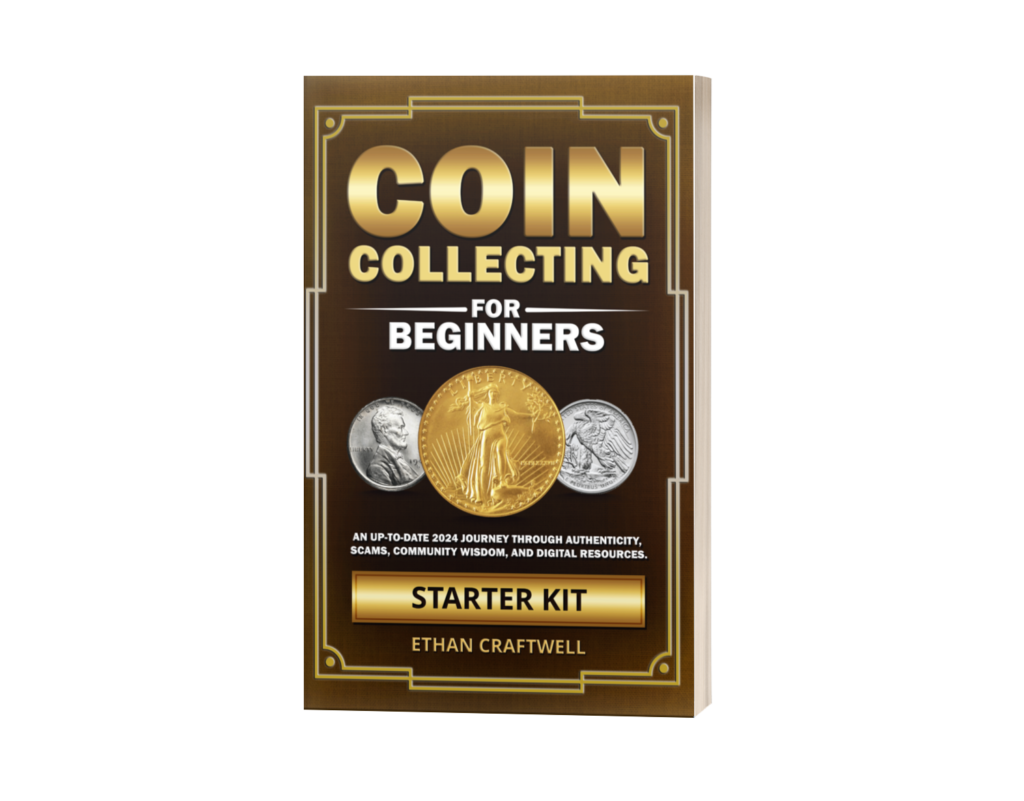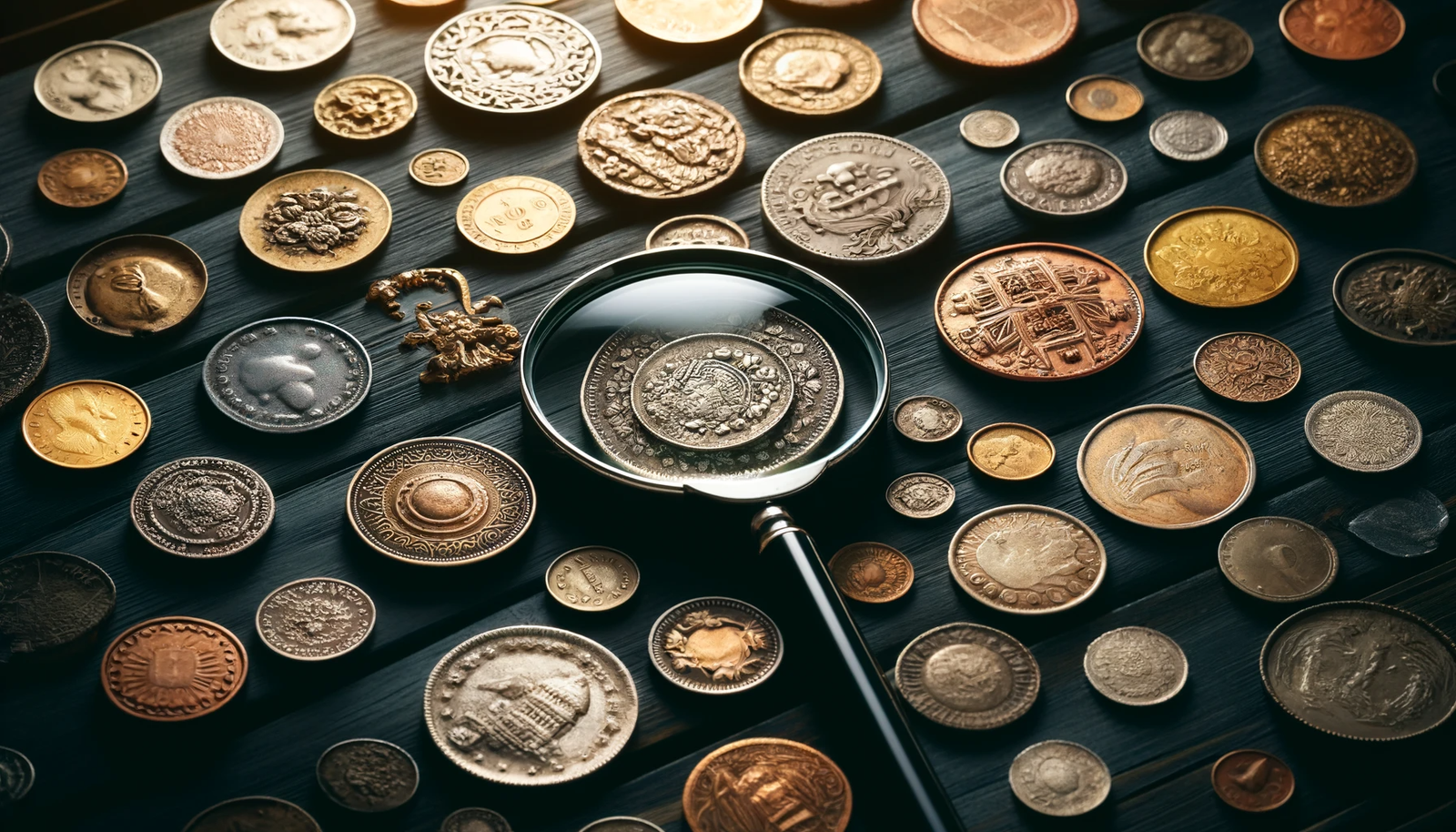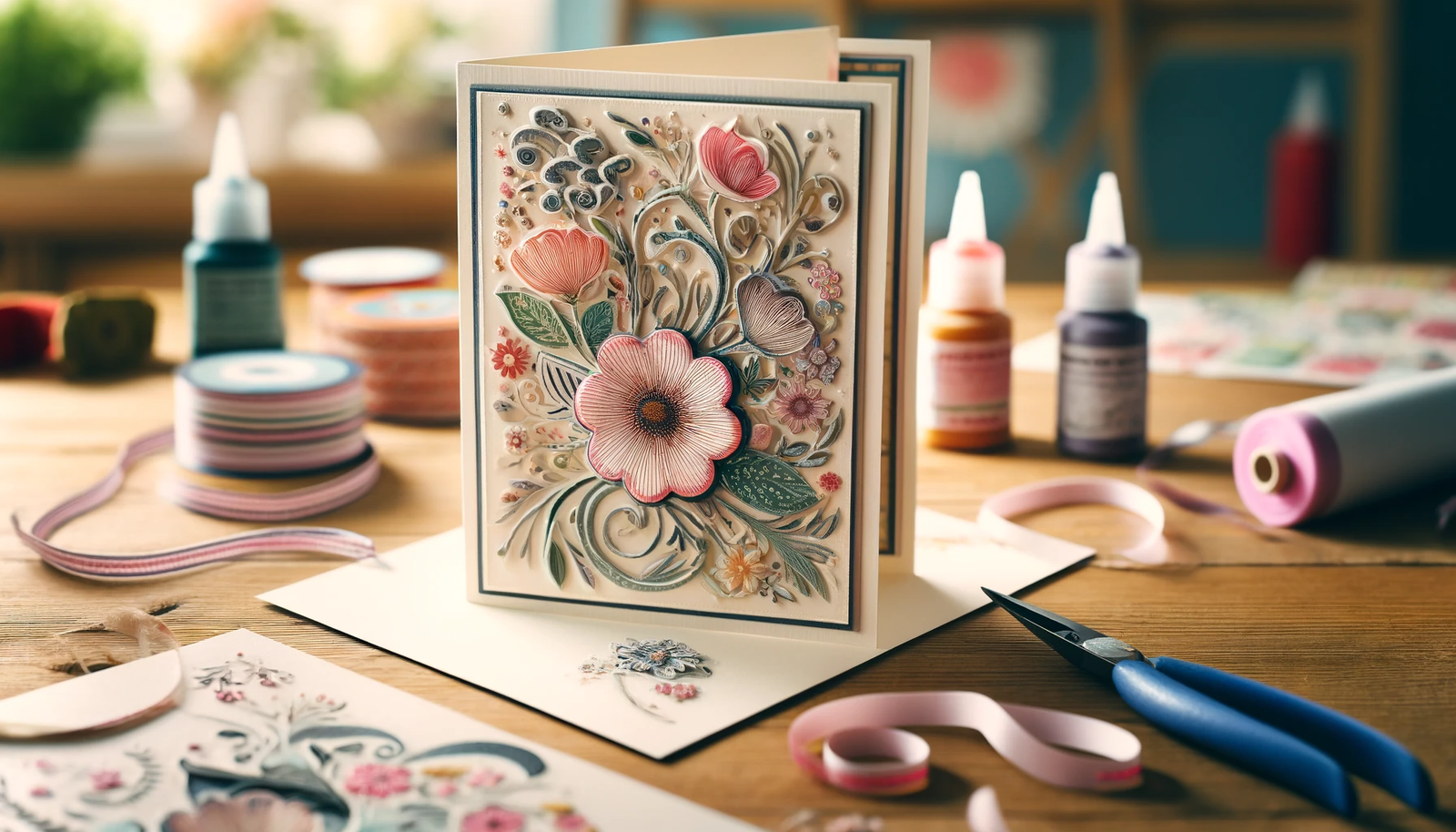Introduction
Coin collecting, also known as numismatics, is a fascinating hobby that combines history, art, and treasure hunting. Whether you’re captivated by the idea of holding a piece of history in your hands, looking to make a smart investment, or simply seeking a new and rewarding hobby, coin collecting has something to offer. This comprehensive guide aims to introduce beginners to the basics of coin collecting, helping you start your journey with confidence and excitement.
Why Coin Collecting?
The allure of coin collecting lies in its ability to provide a tangible connection to the past. Each coin tells a story, capturing a moment in history, showcasing the artistry of its time, and reflecting the economic and political climate of its era. Collectors often find joy in the hunt for rare and valuable pieces, the satisfaction of completing a collection, and the thrill of discovering a hidden gem.
The Purpose of This Guide
Our goal is to equip you with the knowledge and tools needed to begin your coin collecting journey. From understanding the basics of numismatics to learning how to value and authenticate coins, this guide covers all the essential aspects of starting a coin collection. We’ll also highlight common pitfalls to avoid and share tips on maintaining and documenting your collection
“Coins are more than just currency; they are miniature pieces of art and history that tell the stories of civilizations.” — Ethan Craftwell
Stay tuned as we explore the rich and rewarding world of coin collecting. In the next section, we’ll dive into what coin collecting is and why it has captivated enthusiasts for generations.
What is Coin Collecting?

Coin collecting, or numismatics, is the practice of collecting and studying coins, paper money, and related objects. This hobby has been enjoyed by people around the world for centuries and continues to be a popular and rewarding pastime today. Coin collecting offers a unique blend of historical exploration, artistic appreciation, and the excitement of treasure hunting.
Definition and History of Numismatics
Numismatics is derived from the Greek word “nomisma,” meaning “coin.” It encompasses the collection and study of coins, tokens, paper money, and other related items. The history of coin collecting dates back to ancient times when coins were first used as a medium of exchange. Ancient civilizations such as the Greeks and Romans minted coins, which have become valuable collectibles today due to their historical significance and artistic craftsmanship.
The hobby gained significant popularity during the Renaissance when European scholars began collecting and studying ancient coins. This period marked the beginning of numismatics as a serious academic discipline. Today, numismatics is a well-respected field with numerous professional organizations, publications, and museums dedicated to the study and preservation of coins.
Why People Collect Coins
There are many reasons why people are drawn to coin collecting. Here are some of the most common motivations:
- Historical Interest: Coins provide a tangible link to the past. Each coin reflects the historical context of its time, from ancient empires to modern nations. Collectors often enjoy researching the history behind their coins, learning about the events and figures depicted on them.
- Investment Potential: Some collectors view coins as a financial investment. Rare and valuable coins can appreciate over time, making them a potentially profitable asset. The coin market is influenced by factors such as rarity, demand, and historical significance.
- Artistic Appreciation: Coins are miniature works of art. The designs, engravings, and inscriptions on coins reflect the artistic styles and cultural values of their era. Collectors often appreciate the beauty and craftsmanship of coins.
- Personal Enjoyment: For many, coin collecting is a relaxing and enjoyable hobby. The thrill of the hunt, the satisfaction of completing a collection, and the joy of discovering a rare coin are all part of the appeal.
- Educational Value: Coin collecting can be a valuable educational tool. It offers insights into history, economics, geography, and art. Many collectors enjoy sharing their knowledge with others, including younger generations.
Benefits of Coin Collecting
Coin collecting offers numerous benefits beyond the immediate pleasures of the hobby. Here are some key advantages:
- Educational Enrichment: Collecting coins can deepen your understanding of history, culture, and economics. It encourages research and learning, making it an intellectually stimulating activity.
- Financial Rewards: While not all coins are valuable, rare and high-quality coins can be worth significant amounts. Building a well-curated collection can be a sound investment strategy.
- Social Connections: Coin collecting can connect you with a global community of enthusiasts. Joining clubs, attending coin shows, and participating in online forums allows you to share your passion and learn from others.
- Mental Stimulation: The process of identifying, researching, and cataloging coins can enhance cognitive skills. It requires attention to detail, critical thinking, and organizational abilities.
- Personal Satisfaction: Completing a collection, discovering a rare coin, or simply enjoying the beauty of your coins can bring a deep sense of personal satisfaction and accomplishment.
In the next section, we’ll explore how to get started with coin collecting, including choosing your focus, understanding basic terminology, and making your initial investments. Stay tuned to learn more about embarking on your numismatic journey.
Getting Started with Coin Collecting

Embarking on a coin collecting journey can be both exciting and daunting. With countless coins from different eras and regions, the possibilities are endless. Here’s a step-by-step guide to help you get started on the right foot.
Choosing Your Focus
Types of Collections:
- By Country: Some collectors focus on coins from a specific country. This could be your home country or a place of personal interest.
- By Era: Collecting coins from a particular historical period, such as Ancient Rome or the Renaissance, can provide a fascinating glimpse into that time.
- By Theme: Some collectors choose themes such as animals, famous figures, or specific events depicted on coins.
- By Metal: Collecting coins based on their metal content, such as gold, silver, or copper, is another common approach.
Deciding on a Collecting Goal:
- Casual Collecting: For those who enjoy the aesthetic and historical value of coins without a focus on investment.
- Investment Collecting: Focusing on coins that are likely to appreciate in value over time.
- Historical Collecting: Emphasizing the historical significance and educational value of coins.
Basic Terminology
Understanding common numismatic terms will help you navigate the world of coin collecting with confidence:
- Obverse: The front side of the coin, often featuring a portrait or significant symbol.
- Reverse: The back side of the coin, usually displaying a different design or inscription.
- Mint Mark: A small letter or symbol on a coin indicating where it was minted.
- Denomination: The face value of the coin, such as a penny, nickel, or dollar.
- Edge: The outer rim of the coin, which can be plain, reeded, or decorated.
- Grade: The condition of the coin, which greatly affects its value.
- Bullion Coin: Coins made from precious metals intended primarily for investment rather than circulation.
- Proof Coin: Specially made coins with a high-quality finish, often struck multiple times for extra clarity.
Initial Investment
Starting Small:
- Budget-Friendly Ways to Begin: You don’t need to spend a lot to start collecting. Begin with coins that are readily available, such as current circulation coins, and gradually build your collection.
- Beginner Sets: Consider purchasing beginner coin sets, which often include a variety of coins and an educational guide.
Tools Needed:
- Magnifying Glass: Essential for examining the fine details of coins.
- Gloves: Handling coins with gloves prevents oils from your hands from damaging the coins.
- Storage Solutions: Proper storage is crucial for maintaining the condition of your coins. Options include:
- Coin Albums: Organized and protective, ideal for display.
- Coin Holders: Individual holders for each coin, protecting them from damage.
- Storage Boxes: Secure boxes for bulk storage.
Understanding Coin Value
Grasping the factors that affect a coin’s value is key to becoming a knowledgeable collector.
Factors Affecting Coin Value:
- Rarity: Coins with a limited mintage or few surviving examples are generally more valuable.
- Condition (Grade): The better the condition, the higher the value. Grading systems, such as the Sheldon Scale, help assess this.
- Historical Significance: Coins with historical importance often carry a premium.
- Demand: Popular coins among collectors tend to be more valuable.
- Metal Content: Coins made from precious metals like gold and silver are often worth more due to their intrinsic value.
Grading Coins:
- Introduction to the Sheldon Scale: Developed by Dr. William Sheldon in 1949, this scale ranges from 1 (Poor) to 70 (Perfect Mint State).
- Mint State (MS): 60-70, uncirculated coins with no wear.
- About Uncirculated (AU): 50-59, very slight wear on the highest points.
- Extremely Fine (EF or XF): 40-49, minor wear but sharp details.
- Very Fine (VF): 20-39, moderate wear with most details visible.
- Fine (F): 10-19, considerable wear but major details are clear.
- Good (G): 4-9, heavy wear with design outlines visible.
- Poor (P): 1-3, barely identifiable.
Tips for Grading Your Coins at Home:
- Use Good Lighting: Proper lighting helps reveal all the details of a coin.
- Magnification: A magnifying glass or loupe with at least 10x magnification is recommended.
- Compare with Grading Guides: Refer to grading books or online resources to compare your coins with standard examples.
Authentication:
- Basic Methods to Identify Genuine Coins:
- Weight and Dimensions: Authentic coins will match the standard weight and dimensions.
- Design Details: Genuine coins have sharp, clear details.
- Magnet Test: Most genuine coins made from precious metals are non-magnetic.
- Using Professional Services for High-Value Coins: For expensive coins, consider services like the Professional Coin Grading Service (PCGS) or the Numismatic Guaranty Corporation (NGC) for authentication and grading.
Building Your Collection

As you delve deeper into coin collecting, you’ll want to expand your collection thoughtfully. Here are some tips on where to find coins, how to connect with the coin collecting community, and ways to enhance your collection over time.
Where to Find Coins
Local Coin Shops:
- Advantages: Local coin shops are great places to start. You can see and handle coins before purchasing, and shop owners often provide valuable advice.
- What to Look For: Check for reputable shops with good reviews. Establishing a relationship with a trustworthy dealer can be beneficial for future purchases.
Online Marketplaces:
- Popular Platforms: Websites like eBay, Heritage Auctions, and Stack’s Bowers offer a vast array of coins.
- Tips for Buying Online:
- Verify Seller Reputation: Always check the seller’s feedback and ratings.
- Ask for Detailed Photos: Ensure the listings provide high-resolution images of both sides of the coin.
- Understand Return Policies: Familiarize yourself with the return policies in case the coin does not meet your expectations.
Auctions:
- Live Auctions: These can be found at coin shows or organized by numismatic clubs.
- Online Auctions: Platforms like Heritage Auctions and GreatCollections offer frequent online auctions.
- Auction Tips:
- Set a Budget: Decide your maximum bid before the auction starts.
- Research Coins: Study the coins you are interested in to understand their market value.
Coin Shows and Conventions:
- What to Expect: Coin shows bring together dealers, collectors, and experts. They offer a chance to buy, sell, and trade coins, as well as attend educational seminars.
- Major Events: The American Numismatic Association (ANA) hosts major events like the World’s Fair of Money.
- Benefits:
- Networking: Meet other collectors and build connections.
- Learning Opportunities: Attend workshops and talks by numismatic experts.
Joining the Coin Collecting Community
Benefits of Joining Clubs and Online Forums:
- Knowledge Sharing: Clubs and forums are valuable resources for learning from experienced collectors.
- Community Support: Engage with others who share your passion, exchange tips, and get advice.
- Networking: Build relationships with fellow collectors, which can lead to trading opportunities and insider information on upcoming events.
Popular Clubs and Forums:
- American Numismatic Association (ANA): Offers resources, events, and a community for coin collectors.
- Coin Community Forum: An online platform for discussions, advice, and sharing experiences.
- Local Clubs: Look for numismatic clubs in your area to join meetings and local events.
Networking with Other Collectors:
- Attend Coin Shows: Meet other collectors and experts.
- Join Social Media Groups: Platforms like Facebook have groups dedicated to coin collecting.
- Participate in Online Discussions: Engage in forums and chat groups to expand your knowledge and connect with others.
Maintaining and Documenting Your Collection

Proper maintenance and documentation are crucial to preserving the value and integrity of your coin collection. Here’s how to ensure your collection stays in top condition and is well-organized.
Proper Storage Techniques
Handling Coins Safely:
- Use Gloves: Always wear cotton or latex gloves to prevent oils from your skin from tarnishing the coins.
- Handle by the Edges: Touch coins only by their edges to avoid fingerprints and smudges.
- Avoid Excessive Handling: Minimize direct contact to prevent wear and tear.
Choosing the Right Storage Materials:
- Coin Albums: These provide a safe and organized way to display your collection. Look for albums with acid-free pages to prevent chemical damage.
- Coin Holders: Individual holders protect each coin. Options include:
- 2×2 Holders: Cardboard holders with clear windows.
- Plastic Flips: Soft, flexible plastic holders.
- Airtight Capsules: Hard plastic capsules that offer maximum protection.
- Storage Boxes: Secure boxes designed for coins can store multiple holders or albums. Ensure they are made from inert materials that won’t react with the coins.
Environment Considerations:
- Temperature and Humidity: Store coins in a cool, dry place. Avoid extreme temperature fluctuations and high humidity, which can cause corrosion.
- Avoid Direct Sunlight: Prolonged exposure to light can cause coins to fade or discolor.
Cataloging Your Collection
Keeping Records of Your Coins:
- Documentation Details: Record the denomination, year, mint mark, grade, and any unique features of each coin.
- Acquisition Information: Note where and when you acquired the coin, and for how much.
- Historical Context: Include any relevant historical information or stories associated with the coin.
Using Software and Apps for Tracking:
- Digital Cataloging Tools: Software like CoinManage or online platforms like Numista allow you to catalog your collection digitally.
- Mobile Apps: Apps like PCGS CoinFacts and NGC Registry help you manage your collection on the go.
Benefits of Cataloging:
- Insurance Purposes: Detailed records can be essential for insuring your collection.
- Valuation Tracking: Monitor the value of your coins over time.
- Organizational Efficiency: Easily locate and reference coins within your collection.
Avoiding Common Pitfalls

As a beginner, it’s important to be aware of common pitfalls in coin collecting to protect your investment and ensure a rewarding experience.
Recognizing Counterfeits
Common Signs of Fake Coins:
- Weight Discrepancies: Counterfeit coins often have incorrect weights.
- Poor Craftsmanship: Look for blurred or uneven details.
- Inconsistent Edges: Genuine coins have uniform edges and reeding.
Resources for Verifying Authenticity:
- Reference Books: Use guides like The Official Red Book: A Guide Book of United States Coins.
- Online Databases: Websites like PCGS and NGC offer comprehensive coin databases and images.
- Professional Services: Consider sending valuable coins to professional grading services like PCGS or NGC for authentication.
Avoiding Overpaying
Researching Market Values:
- Price Guides: Refer to coin price guides such as the Red Book for U.S. coins or the Standard Catalog of World Coins for international coins.
- Auction Results: Check recent auction results to gauge current market values.
- Online Marketplaces: Monitor prices on platforms like eBay to understand the going rates for similar coins.
Negotiating Prices Effectively:
- Set a Budget: Determine how much you’re willing to spend before negotiating.
- Be Informed: Knowledge of a coin’s market value gives you leverage in negotiations.
- Don’t Rush: Take your time and don’t be pressured into making hasty decisions.
Leveraging Digital Resources
The digital age offers numerous tools and resources to enhance your coin collecting experience.
Online Tools and Apps
Apps for Identifying and Valuing Coins:
- Coinoscope: Uses image recognition to identify coins.
- PCGS CoinFacts: Provides extensive information and values for U.S. coins.
- NGC Coin Explorer: Offers detailed coin data and values.
Online Databases and Forums:
- Numista: A comprehensive coin catalog and community for collectors.
- NGC and PCGS Databases: Extensive resources for coin identification and valuation.
- CoinTalk: An active forum for discussing all aspects of coin collecting.
Virtual Auctions and Marketplaces
Participating in Online Auctions:
- Major Platforms: Websites like Heritage Auctions and GreatCollections host regular online auctions.
- Bidding Tips:
- Research: Understand the coins you’re bidding on and their market values.
- Set Limits: Determine your maximum bid before the auction starts to avoid overspending.
Tips for Buying and Selling Coins Online:
- Verify Seller Credibility: Check feedback and ratings before purchasing.
- Request Detailed Photos: Ensure listings provide clear images of both sides of the coin.
- Understand Payment and Shipping Terms: Be aware of payment methods and shipping policies to avoid issues.
Conclusion
Starting a coin collection can be a deeply rewarding experience, offering a unique blend of historical exploration, artistic appreciation, and financial potential. By understanding the basics of numismatics, carefully building and maintaining your collection, and avoiding common pitfalls, you can enjoy this fascinating hobby to its fullest. As you continue your journey, remember that each coin you collect is a piece of history, a work of art, and a testament to your passion for discovery.
Our Book: Coin Collecting for Beginners
For those new to coin collecting or looking to deepen their knowledge, there are resources that can provide invaluable insights and guidance. One such resource is the book Coin Collecting for Beginners by Ethan Craftwell. This comprehensive guide offers a wealth of information on various aspects of coin collecting, from understanding the historical significance of coins to learning advanced grading techniques.
Overview of the Book’s Content
Chapter Highlights:
- Historical Significance of Coins: Explore how coins serve as a window into the past, revealing the economic conditions, political movements, and cultural shifts of different eras.
- Numismatic Essentials: Learn about the anatomy of coins, different types and varieties, and the basics of coin valuation and authentication.
- Authenticity and Valuation: Gain insights into tools and techniques for determining the authenticity of coins, understanding grading systems, and valuing your collection.
- Technical Aspects of Coin Collecting: Discover the intricacies of coin grading, conservation, and storage, as well as the art of numismatic photography.
- Digital Resources and Online Collecting: Navigate the digital landscape of coin collecting, including online auctions, forums, and digital tools.
- Investment and Financial Aspects: Understand the financial potential of coin collecting, including market trends and investment strategies.
- Building a Collection: Get practical advice on starting and expanding your collection, identifying rare coins, and avoiding common mistakes.
Unique Features and Benefits:
- Detailed Illustrations: High-quality images help readers appreciate the craftsmanship and details of different coins.
- Practical Tips: Step-by-step instructions and practical advice make it easy for beginners to get started.
- Expert Insights: Contributions from experienced collectors and numismatists provide valuable perspectives and insider knowledge.
- Comprehensive Coverage: The book covers a wide range of topics, making it a one-stop resource for coin collectors.
If you’re passionate about coin collecting and eager to expand your knowledge, consider adding Coin Collecting for Beginners to your library. This book is designed to be an essential resource for both novice collectors, offering detailed guidance and valuable insights to enhance your coin collecting journey.
“Coin collecting is more than just a hobby; it’s a way to connect with history, appreciate artistry, and discover the stories behind each coin.” — Ethan Craftwell




